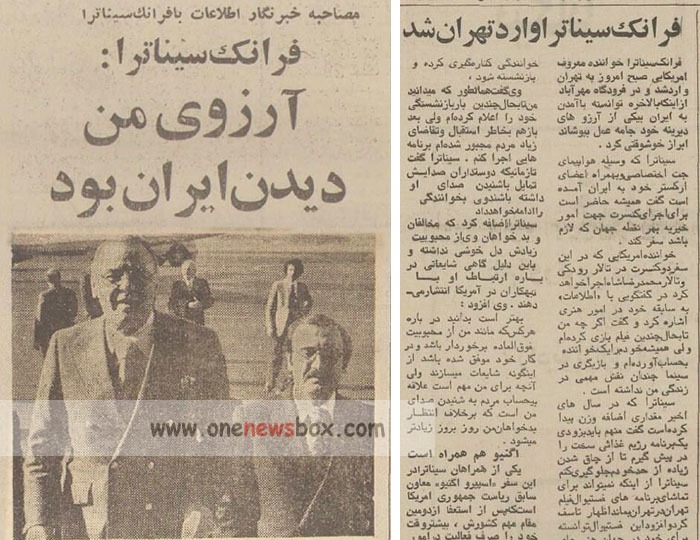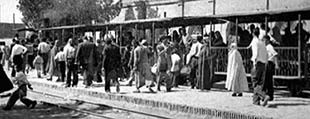Frank Sinatra (1915–1998) occupies a singular position in twentieth-century popular culture. A voice that defined American popular song, a screen presence that bridged romance and grit, and a public life woven through politics, celebrity, and controversy—Sinatra was far more than an entertainer. By the mid-1970s, he was already a living legend, an artist whose career had spanned swing, jazz, pop standards, Hollywood cinema, and international superstardom. When Sinatra traveled to Iran in late 1975 to perform a series of historic concerts in Tehran, the event symbolized not only the global reach of American popular culture but also the ambitions of a monarchy seeking to belong to the modern world. These concerts—held at Rudaki Hall, later known as Vahdat Hall, and at the vast Aryamehr Stadium (today Azadi Indoor Stadium)—stand today as striking symbols of a vanished era.
To understand why Sinatra’s appearance in Iran was more than a mere concert tour stop, one must place it within the political, cultural, and psychological atmosphere of Iran in the 1970s. Under the rule of Mohammad Reza Shah Pahlavi and his wife Farah Pahlavi, Iran was undergoing an aggressive and often contradictory modernization process.

